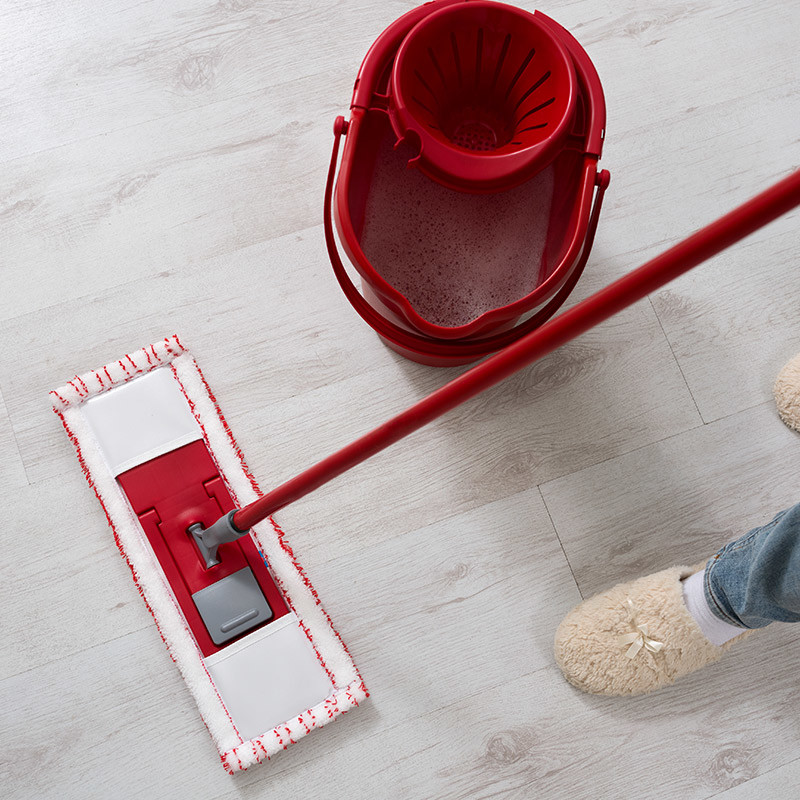Want windows that clean themselves?
The key ingredient in this kind of window is titanium dioxide, a non-toxic compound that is made by reacting chlorine gas with titanium sands to remove impurities. The chlorine is then recovered, leaving behind the white-coloured pure titanium dioxide, that can be cast into thin films on surface of your window panes to provide them with self-cleaning ability.
The self-cleaning properties of the windows are the result of two facts. Firstly, when UV light hits the surface of the glass, the titanium dioxide layer is activated to react with and break up the dirt on the window. The second thing that the titanium dioxide does is to change the way the water wets the surface. So when it rains, instead of individual droplets running down the glass, the water spreads more easily on the surface causing it to wash down the glass in sheets. These sheets of water wash away the dirt far more efficiently than many single water droplets.
Washing the windows of a small building can already be a big job. For large structures with thousands of window panes, such as St Pancras Railway Station in London, self-cleaning glass allows the sun and rain to perform an otherwise monumental task.
Read more about the property of the self-cleaning windows on the naked scientists website and the buildings website


